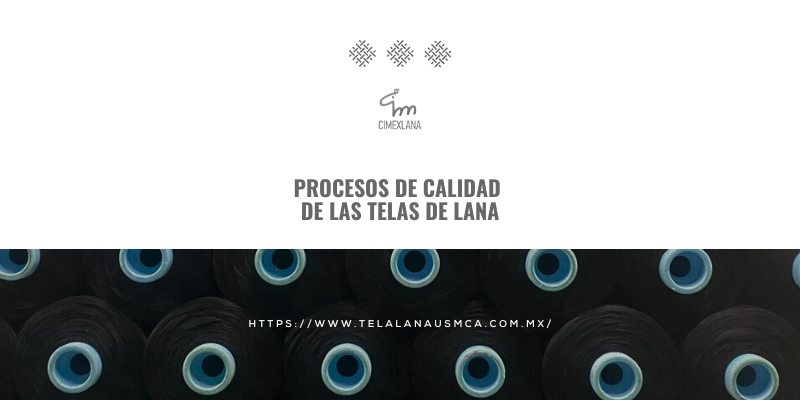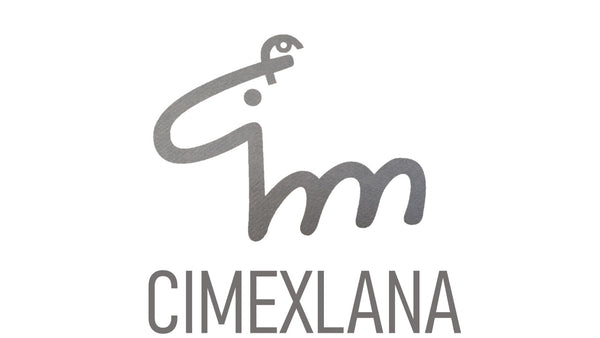
Quality processes for wool fabrics
The textile industry, especially in the field of wool fabricsfaces the constant challenge of maintaining rigorous quality standards to meet customer expectations and comply with international criteria. This not only ensures durable and functional products but also reinforces brand confidence. This article will explore how quality control processes are carried out in a textile company, from raw materials to the final product, with a particular focus on wool fabrics.
What is quality control in the textile industry?
He quality control in the textile industry It is an organized system of inspection and verification designed to ensure that textiles meet specific standards. In the case of wool fabrics, quality can be measured by various criteria, such as strength, uniformity, and absence of defects. These steps are critical to avoiding defective products that could lead to returns, loss of reputation, and additional costs.
The main objectives of a textile quality control process include:
- Ensure the durability, softness and functionality of the products.
- Prevent defects during production stages such as weaving, dyeing, or finishing.
- Comply with local and international regulations that ensure product quality and safety.
Quality standards for wool fabrics
For wool fabrics, there are a number of global standards that companies must meet. Some of the most essential requirements include:
- Uniformity in thread thickness: Wool yarns must meet uniformity specifications to ensure that the resulting fabric is consistent in look and feel.
- Impurity control: Wool, whether from sheep or other animals, must undergo rigorous cleaning processes to remove traces of animal fat, dirt, and foreign fibers.
- Tensile strength: Fabrics must be resistant to stretching and the stress they may be subjected to, especially when used in outerwear or home decor.
- Color stability: When dyed, fabrics must maintain their color after multiple washes and sun exposure.
- Environmental certifications: More and more consumers are prioritizing products that meet ecological standards, such as the use of non-toxic dyes or processes certified by organizations like OEKO-TEX.
These specifications help textile companies create products that are aesthetically appealing, durable, and aligned with current ethical and environmental concerns.
Key stages in quality processes
To ensure that each batch of wool fabric meets quality requirements, companies typically divide quality control into several stages. The main phases are described here:
1. Inspection of raw materials
The process begins with a thorough evaluation of the raw wool. This includes a visual and technical check to identify impurities, damaged fibers, or inconsistencies in the material. Common tests include:
- Wool micronage: This test measures the diameter of individual wool fibers in microns, which determines softness and overall quality.
- Fiber length: Longer fibers typically produce fabrics of greater durability and quality.
- Purity tests: They ensure that the raw wool does not contain any synthetic or unwanted fibers.
2. Spinning process
The next step involves transforming the wool into yarn using processes such as carding and combing. Here, controls include evaluating the yarn's uniformity and strength. The machines used are calibrated to prevent defects at this crucial stage.
3. Inspection during weaving
During weaving, quality control must monitor several aspects, including:
- The tension of the threads to avoid breakage or misalignment.
- The knitting pattern to ensure there are no visible errors or inconsistencies.
4. Finishing processes
The finishing of wool fabrics includes steps such as washing, dyeing, and shrink-proofing. At this stage, quality control evaluates:
- Stability and durability: Tests are carried out for resistance to wear and excessive use.
- Post-wash results: It is verified that the fabrics do not shrink significantly or lose their original shape.
- Dyes and colors:Colors must match exact specifications and not bleed during washing.
5. Final inspection
Once the fabrics are ready, they go through a final inspection process where aspects such as:
- Visual defects: Tears, stains, or irregularities in texture.
- Exact measurements: The fabric rolls must meet the dimensions required by the customer.
- Performance tests: They include fire resistance, waterproofing, among others, depending on the application of the fabric.
Tools and technologies used
Today, quality control in wool fabrics is complemented by advanced technological tools that ensure precision and efficiency:
- Optical measuring instruments: Used to microscopically analyze fibers.
- Quality management software: Facilitates real-time tracking of inspections throughout production.
- Automated machines: They guarantee a consistent level of quality in processes such as weaving and dyeing.
Importance of quality processes in business competitiveness
Implementing quality processes isn't just about meeting basic standards; it's a strategy for standing out in a competitive market. A textile company that prioritizes quality control not only improves customer satisfaction, but also:
- Strengthens brand loyalty: Satisfied customers return for consistency in quality.
- Reduce costs: Early detection of defects saves resources, time and materials in reprocessing.
- Complies with international regulations: Which facilitates export and opens new markets.
How textile companies ensure their high quality standards
Many textile companies develop internal quality policies that include ongoing staff training, external audits, and specific certifications. These best practices not only ensure quality but also create a corporate culture focused on excellence.
Learn more about textile processes and quality
Quality is the cornerstone of any successful textile product. By following rigorous processes and meeting international standards, companies can guarantee the performance and durability of their wool fabrics. If you're interested in implementing similar strategies in your company or want to learn more, don't hesitate to explore key technological tools and certifications to modernize your production.

